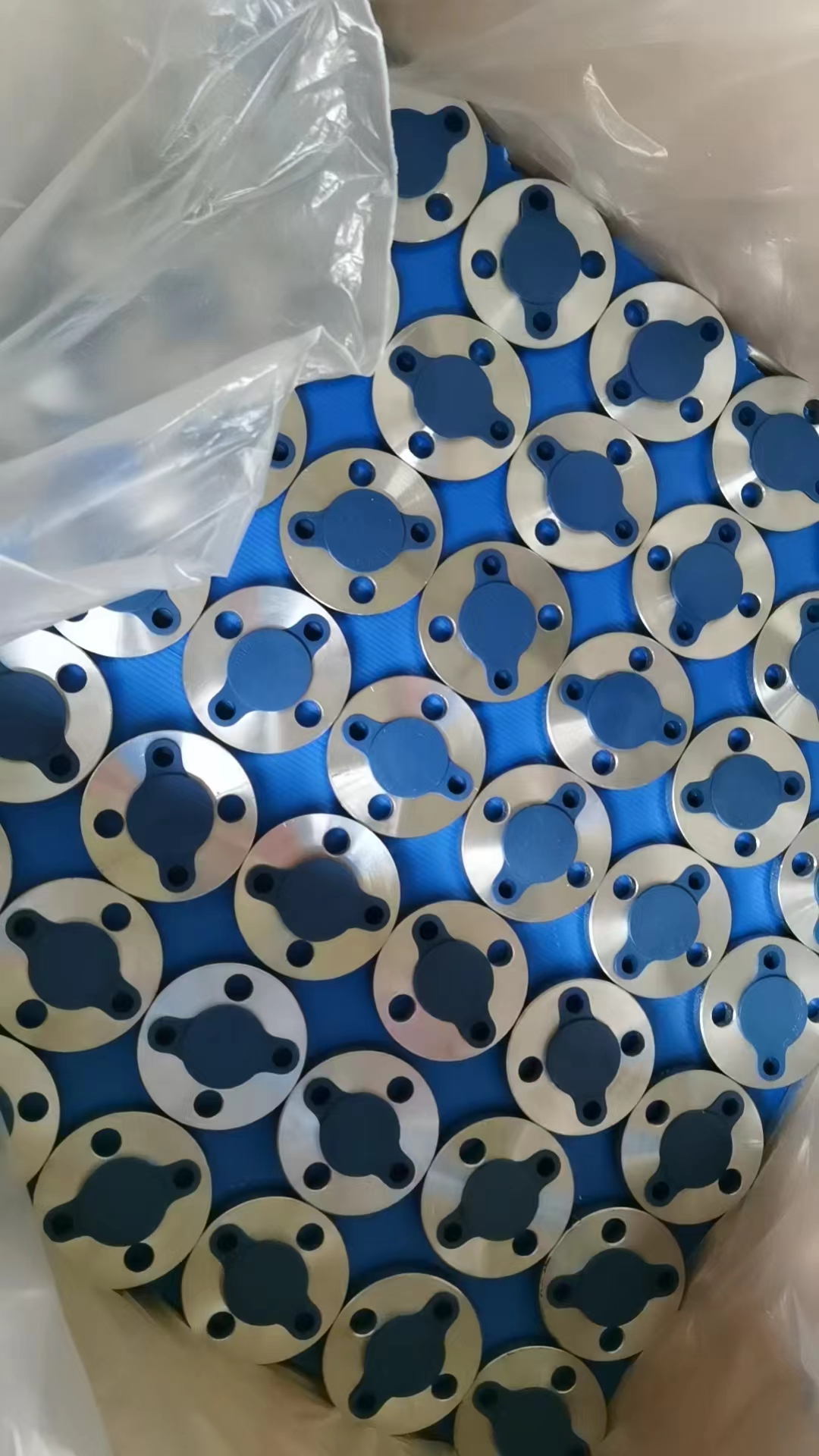-
Cangzhou Yulong Steel Co., Ltd.
-
Phone:
+86 13303177267 -
Email:
admin@ylsteelfittings.com
- English
- Arabic
- Italian
- Spanish
- Portuguese
- German
- kazakh
- Persian
- Greek
- French
- Russian
- Polish
- Thai
- Indonesian
- Vietnamese
- Zulu
- Korean
- Uzbek
- Hindi
- Serbian
- Malay
- Ukrainian
- Gujarati
- Haitian Creole
- hausa
- hawaiian
- Hebrew
- Miao
- Hungarian
- Icelandic
- igbo
- irish
- Japanese
- Javanese
- Kannada
- Khmer
- Rwandese
- Afrikaans
- Albanian
- Amharic
- Armenian
- Azerbaijani
- Basque
- Belarusian
- Bengali
- Bosnian
- Bulgarian
- Catalan
- Cebuano
- China
- China (Taiwan)
- Corsican
- Croatian
- Czech
- Danish
- Esperanto
- Estonian
- Finnish
- Frisian
- Galician
- Georgian
- Kurdish
- Kyrgyz
- Lao
- Latin
- Latvian
- Lithuanian
- Luxembourgish
- Macedonian
- Malgashi
- Malayalam
- Maltese
- Maori
- Marathi
- Mongolian
- Myanmar
- Nepali
- Norwegian
- Norwegian
- Occitan
- Pashto
- Dutch
- Punjabi
- Romanian
- Samoan
- Scottish Gaelic
- Sesotho
- Shona
- Sindhi
- Sinhala
- Slovak
- Slovenian
- Somali
- Sundanese
- Swahili
- Swedish
- Tagalog
- Tajik
- Tamil
- Tatar
- Telugu
- Turkish
- Turkmen
- Urdu
- Uighur
- Welsh
- Bantu
- Yiddish
- Yoruba

Dec . 20, 2024 23:58 Back to list
bending 316 stainless steel tubing
Bending 316 Stainless Steel Tubing Techniques and Considerations
316 stainless steel tubing is a material known for its exceptional corrosion resistance and mechanical properties, making it a popular choice in various industrial applications, including chemical processing, marine environments, and architectural designs. The process of bending this type of tubing requires careful consideration of several factors, including material properties, tooling, and bending techniques. This article discusses the key aspects of bending 316 stainless steel tubing effectively and efficiently.
Understanding 316 Stainless Steel
Before diving into bending techniques, it’s crucial to understand the characteristics of 316 stainless steel. This grade contains molybdenum, which enhances its resistance to pitting and crevice corrosion, particularly in chloride environments. Its excellent weldability and formability make it a preferred material for many applications, but these properties also affect how it behaves during bending.
Bending Techniques
There are several methods for bending stainless steel tubing, each suited for different applications and bending requirements
1. Cold Bending This is the most commonly used method for small-diameter stainless steel tubing. It does not require heating the material, but it does require specialized tools to avoid deformation. Cold bending can lead to work hardening, so it’s essential to use appropriate techniques to maintain the material's structural integrity.
2. Hot Bending For larger diameters or when tighter bends are required, hot bending can be employed. This technique involves heating the tubing to a suitable temperature before bending. Heating reduces the risk of cracking and creates more forgiving material properties. However, care must be taken to avoid overheating, which can negatively impact corrosion resistance.
3. Mandrel Bending This method involves inserting a mandrel inside the tubing to support the material during the bending process. Mandrel bending is particularly beneficial for maintaining the cross-section of the tubing and preventing kinks or wrinkles. It’s ideal for applications where the aesthetics and performance of the bent tubing are of utmost concern.
bending 316 stainless steel tubing

4. Roll Bending This technique uses a series of rollers to create gradual bends. It’s suitable for creating large-radius bends and is commonly used for larger sections or when uniformity is crucial. Roll bending does not work well for smaller diameters or tighter curves but offers an efficient way to produce long bends.
Considerations During the Bending Process
When bending 316 stainless steel tubing, several factors should be taken into account to ensure successful results
- Bend Radius The bend radius plays a vital role in the quality of the bend. A tighter radius can lead to issues such as kinking or cracking, especially in cold bending scenarios. It's essential to refer to guidelines for minimum bend radii for the specific diameter of tubing being used.
- Material Thickness The thickness of the tubing can significantly influence the bending method and technique. Thicker materials typically require more force and may necessitate the use of hot bending or mandrel supports to prevent damage.
- Tooling The tools and equipment used for bending must be specifically designed for stainless steel tubing. Using the correct dies and bending machines can help minimize distortion and provide a more consistent bend quality.
- Post-Bend Treatments After bending, stainless steel may need post-treatment processes such as pickling or passivation. These processes remove any scale or oxidation that may have formed during bending, restoring the material's corrosion resistance.
Conclusion
Bending 316 stainless steel tubing is a complex process that requires a solid understanding of material properties, suitable bending techniques, and the right tooling. Whether you are working on a small-scale project or a large industrial application, knowledge of these key considerations will aid in achieving optimal results. With the right approach, components made from 316 stainless steel tubing can meet the demanding requirements of any environment, maintaining their integrity and aesthetics over time.
Latest news
-
ANSI 150P SS304 SO FLANGE
NewsFeb.14,2025
-
ASTM A333GR6 STEEL PIPE
NewsJan.20,2025
-
ANSI B16.5 WELDING NECK FLANGE
NewsJan.15,2026
-
ANSI B16.5 SLIP-ON FLANGE
NewsApr.19,2024
-
SABS 1123 FLANGE
NewsJan.15,2025
-
DIN86044 PLATE FLANGE
NewsApr.19,2024
-
DIN2527 BLIND FLANGE
NewsApr.12,2024
-
JIS B2311 Butt-Welding Fittings LR/SR 45°/90° /180°Seamless/Weld
NewsApr.23,2024











